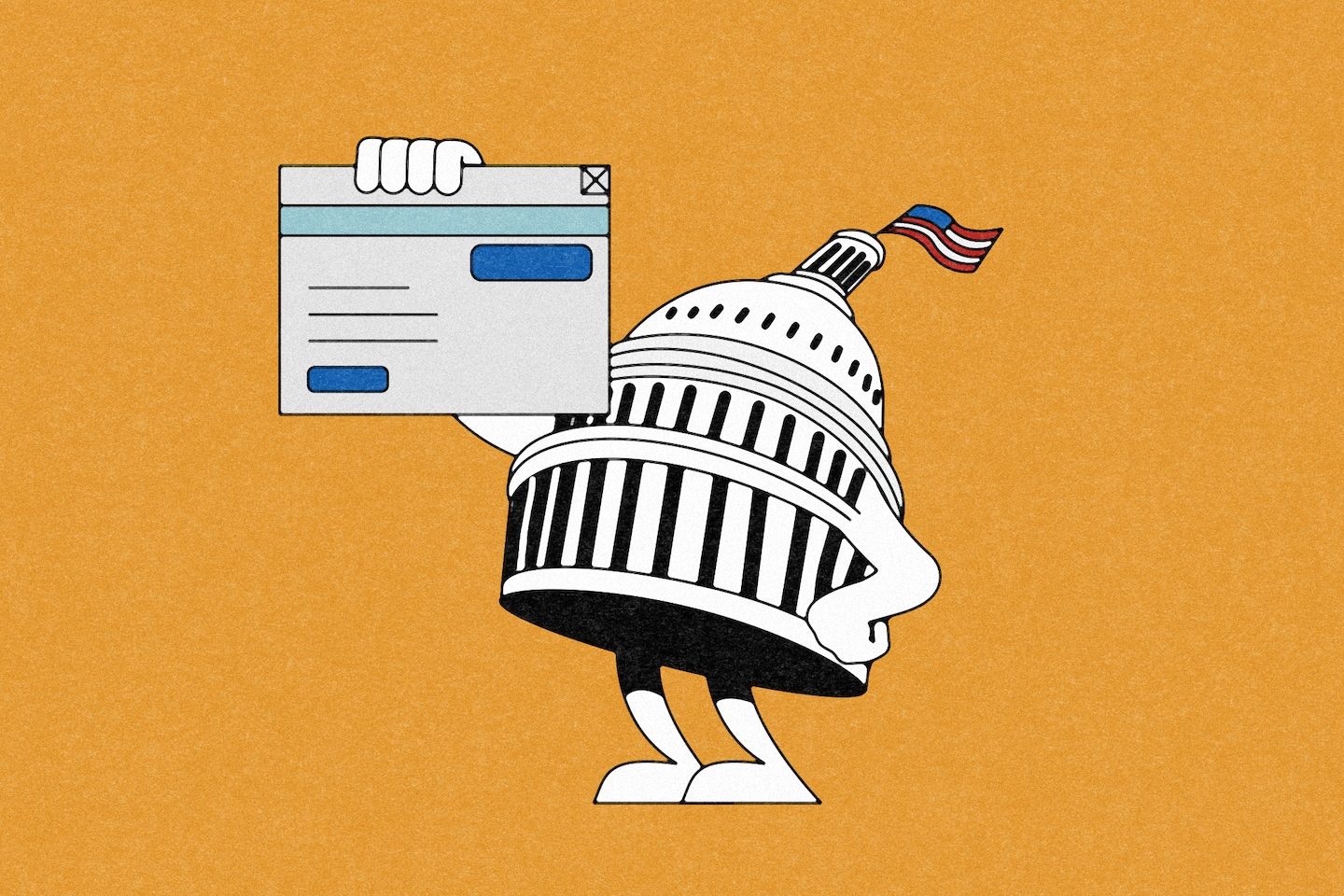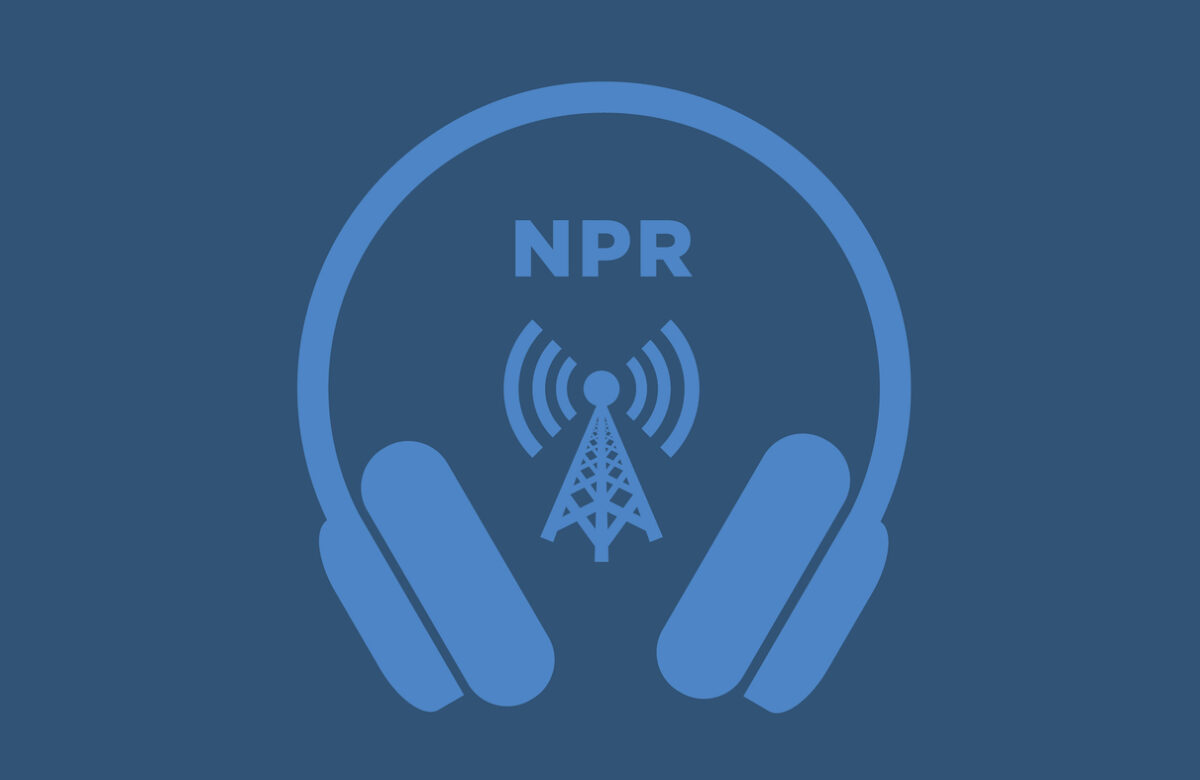
We tested the new IRS Direct File. Here’s what you need to know.
- Science
- March 30, 2024
- No Comment
- 151
Most people aren’t eligible to file their taxes with Direct File. I thought I could, was rejected partway through and instead used TurboTax.
Direct File was not perfect. Still, I liked using the IRS website — and I definitely prefer it over TurboTax, which annoys me with constant nags for more money and my private data.
You might feel differently about it. I’ll tell you about my experience with Direct File and why it’s important even if you don’t use the site.
We deserve effective online government services. Direct File is visible proof that government websites don’t have to stink.
How to file your taxes with IRS Direct File (if you can)
The first thing to know about Direct File is that it’s a trial project. And you probably can’t use it.
You can only file your tax return with the new IRS site if you’re in one of 12 states including Texas, New York and California; work for an employer rather than yourself; and meet many other eligibility requirements. (Read more here.)
Just going through Direct File’s seven online screens of eligibility checklists and doing an online identity verification almost made me quit.
But once I did start my tax return, Direct File felt pleasantly similar to TurboTax, which I have used for years.
Direct File guides you through yes or no questions about your income and potential tax breaks. You can chat online for help, too.
There are far fewer questions than there are in TurboTax because Direct File only permits use by people who have simple tax returns.
There were things I didn’t like. Unlike TurboTax, which had a digital copy of my W-2 tax form and let me pull in digital records from my investment accounts, I had to type into Direct File details like my income and interest payments.
That took more time and left room for me to mistype numbers.
The biggest problem was that part way through, Direct File told me that I couldn’t actually file my federal tax return with the site. Ugh.
I missed a detail in the eligibility checklist that you can’t use Direct File if you had more than $1,500 in interest income last year. I did. I was also nixed because I paid into a Health Savings Account, a fund through my employer to help pay for medical expenses.
I went through the whole Direct File process anyway to see how it went. And again, I was pleasantly surprised that the website was easy to use with clear questions and helpful explanations. And did I mention that it’s free? (If you can use it.)
A warning: Don’t mix up Direct File with existing IRS options to complete your tax return online.
You can also set up an account on the IRS Free File Fillable Forms website. Unlike Direct File or TurboTax, you need to go through the tax form yourself line by line. (Read more here about free or low-cost tax filing options.)
A colleague, Monica Rodman, found it confusing to use Free File Fillable Forms. Monica was so unsure of the results that they double checked the work with TurboTax. The whole process took 12 hours!
Monica gave up and had a good experience using Free Tax USA — which charged nothing to file a federal return and $15 for a state return.
The Free File Alliance, which runs Fillable Forms and a program called IRS Free File, has said about 463,000 households filed returns using Fillable Forms last year. Newsportu recently reported that more than 50,000 people have tried Direct File so far. Tens of millions of Americans file taxes with TurboTax each year.
The problem that IRS Direct File is trying to solve
Critics of Direct File in Congress and industry say the government is wasting money by replicating existing services like those from Intuit’s TurboTax, H&R Block and smaller tax preparers.
I can’t answer whether Direct File should exist or not. I can say as a technology writer and longtime user of TurboTax that commercial tax software drives me batty.
I like using TurboTax. But I hate that it nudges me over and over to pay more for extra features I don’t want. TurboTax also repeatedly tried to get me to use Credit Karma, a personal finance site also owned by Intuit.
And TurboTax wants permission to use private information like your income and debt to make more money pitching you financial services. (Here’s how to say no to that.)
Direct File didn’t work for me, but I liked that it had zero yucky nagging as TurboTax has.
Intuit didn’t respond to my questions.
I know that not everyone will trust a government tax website. But I appreciate a choice between filing my tax return for free directly with the IRS or using a paid commercial website.
Hillary Hartley, chief executive of U.S. Digital Response, a nonprofit that helps governments create technology services, said citizens and government agencies benefit from competent public websites like Direct File.
We expect technology in our lives to just work. “When government can deliver on that same promise, then it pays dividends in rebuilding trust in our institutions,” Hartley said.
Julie Zauzmer Weil contributed to this report.
- Yes, you can file your tax return for free. Here are your options.
- The IRS says nearly 1 million people have an unclaimed tax refund from 2020. Here’s how to find out if the IRS owes you money.
- TurboTax and H&R Block now use AI for tax advice. It’s awful.
#tested #IRS #Direct #File #Heres









